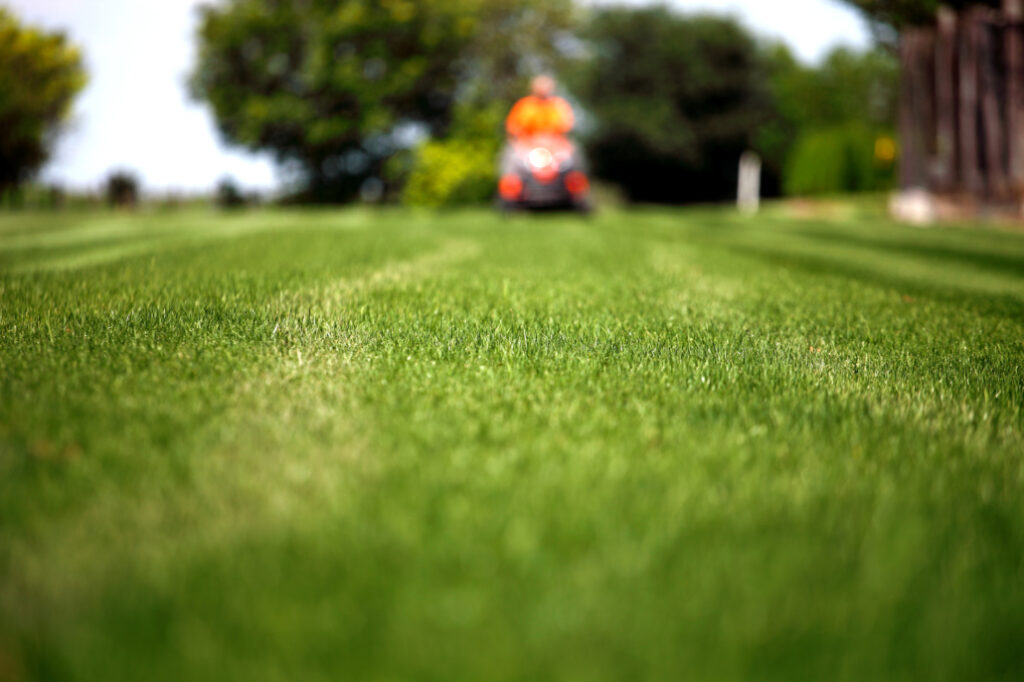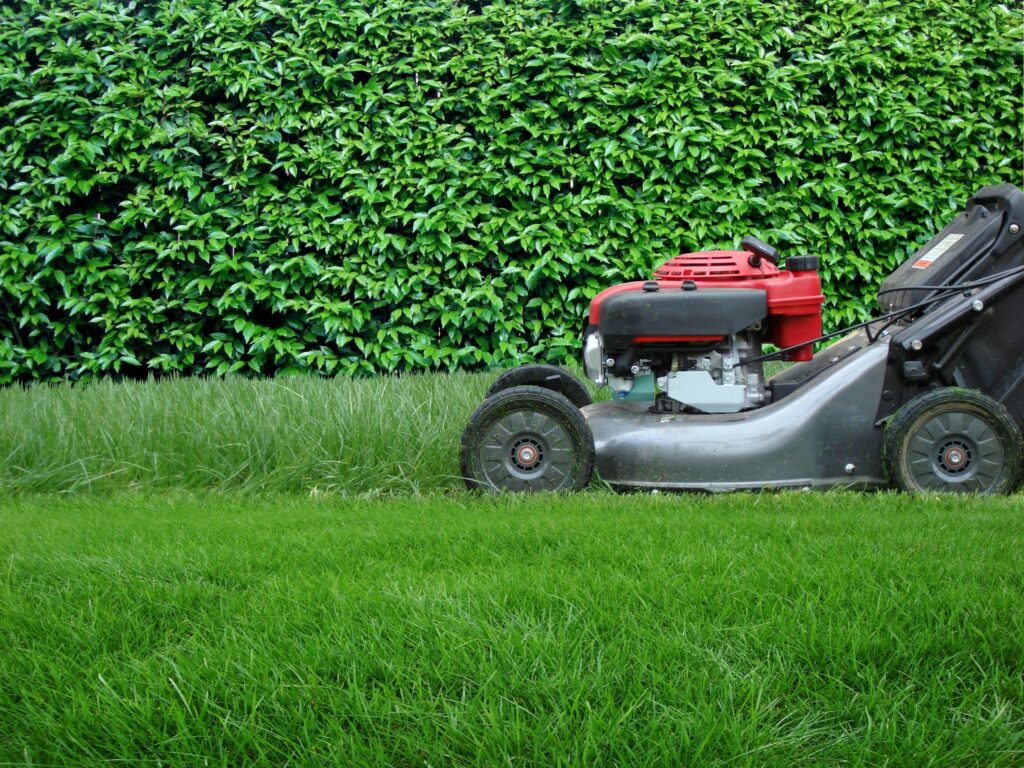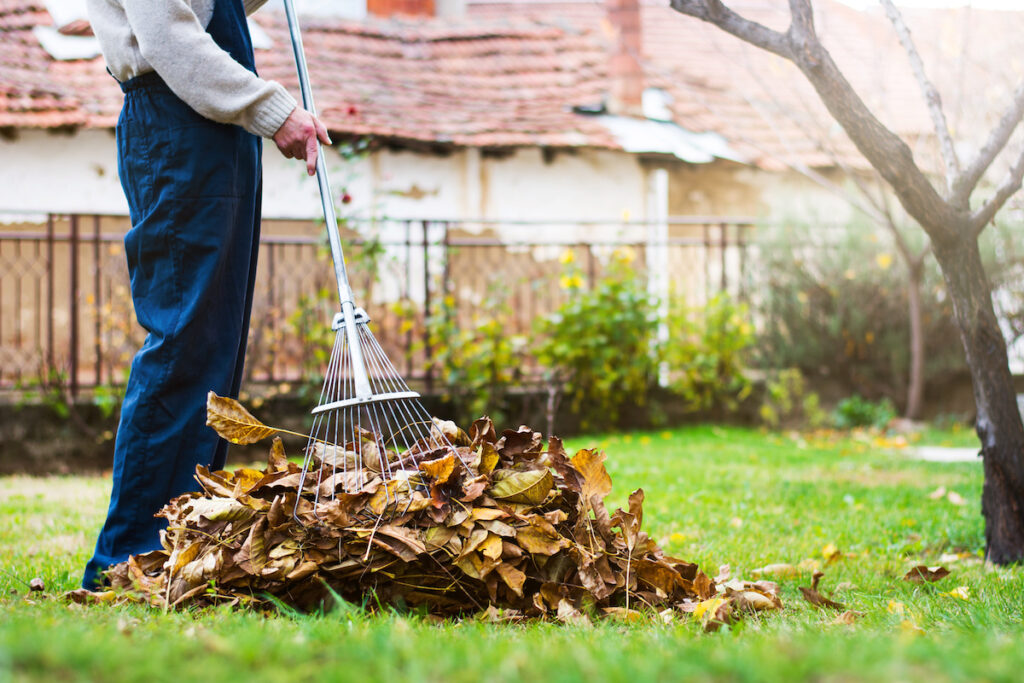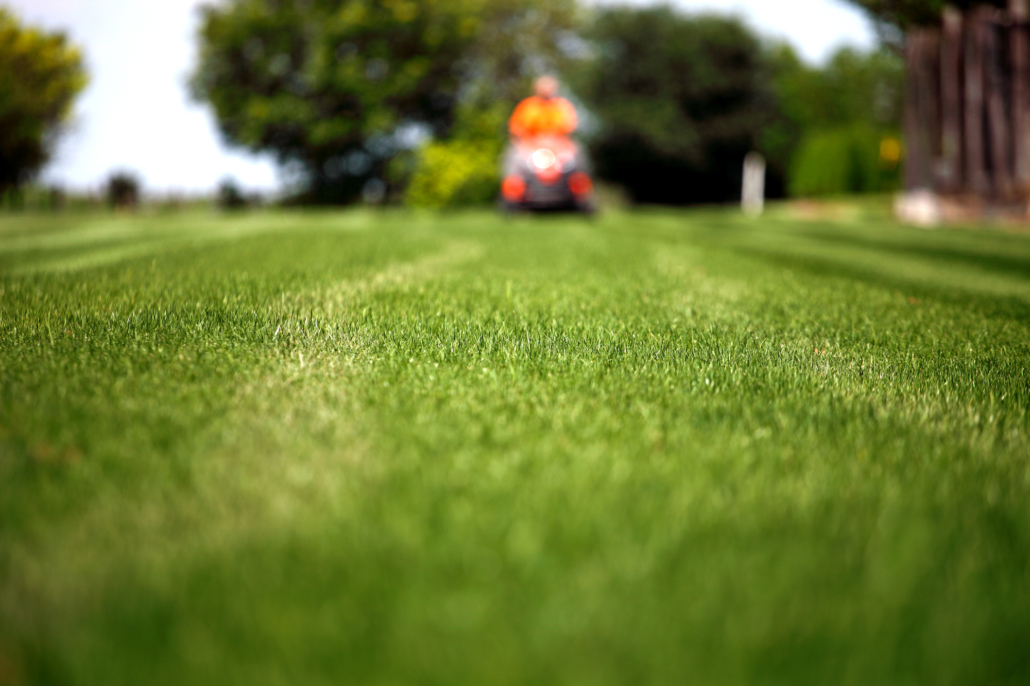Whether you’re a seasoned green thumb or a newbie in the world of lawn care, this comprehensive guide will equip you with everything you need to know to keep your lawn lush and healthy throughout the year. We understand that maintaining a beautiful lawn can sometimes feel like a daunting task, especially when faced with seasonal changes and unpredictable weather conditions.
With our expert tips, proven strategies, and easy-to-follow checklist, you’ll be able to master the art of lawn maintenance, no matter the season. Grab your gardening tools, put on your favorite pair of gloves, and get ready to transform your patch of land into a paradise. Let’s dive in and discover how simple it can be to achieve a picture-perfect lawn in every season.
Table of Contents
Spring Lawn Maintenance in a Nutshell

Spring is the onset of new beginnings, a time when your lawn awakes from its winter slumber and prepares for a period of vigorous growth. This season is crucial for lawn care as the efforts you put in now lay the foundation for a healthy, vibrant lawn in the subsequent seasons. It’s time to roll up your sleeves and start with spring lawn maintenance.
Step 1: Raking
Begin by raking your lawn to remove any leaves, twigs, and other debris that accumulated during winter. This will help in preventing the development of diseases.
Step 2: Aeration
Aeration is a crucial step in spring lawn care. It involves making holes in the soil to allow water, nutrients, and air to penetrate the grass roots. This helps the roots grow deeply and results in a stronger, more vigorous lawn.
Step 3: Seeding
Inspect your lawn for any bare or brown patches. Apply grass seeds to these areas to encourage new growth. Make sure to water these areas frequently until the new grass is established.
Step 4: Fertilizing
Spring is the prime time to feed your lawn. Use a slow-release fertilizer that will provide a steady supply of nutrients over several weeks.
Step 5: Watering
As the temperatures start to rise, so does the need for watering. Water your lawn deeply and less frequently to encourage the roots to grow deeper.
Summer Lawn Maintenance Tips&Tricks

As we transition into the heat of summer, lawn care practices need to be adjusted accordingly. The soaring temperatures and longer daylight hours can put stress on your grass, but with the right care, your lawn can thrive throughout this season.
It’s time to shift focus and adapt your lawn maintenance routine to suit the summer conditions, ensuring your turf remains lush and healthy. Here are some essential steps to follow for summer lawn care:
Step 1: Mowing
Mowing in summer requires a different approach than in spring. Raise the mower blade to leave the grass taller. Taller grass shades the soil which can reduce water evaporation and prevent weeds from sprouting.
Step 2: Watering
In summer, it’s essential to water your lawn deeply and less frequently. Early morning is the best time to water your lawn, as this reduces evaporation.
Step 3: Weed Control
Summer is prime time for weeds. Use a post-emergent herbicide to deal with weeds that have sprouted and a pre-emergent herbicide to prevent the growth of new ones.
Step 4: Insect Control
Keep an eye out for signs of insect damage. If you notice brown patches or see insects, consider a pesticide application to control the spread.
Step 5: Fertilizing
Avoid fertilizing too much during the summer. If necessary, use a light fertilizer that won’t burn your lawn in the summer heat.
Fall Lawn Maintenance Checklist

Man collecting fallen autumn leaves in the home yard
Fall heralds the arrival of cooler temperatures and changing foliage, making it an ideal time to prepare your lawn for the upcoming winter. The focus now shifts towards reinforcing your lawn’s strength by replenishing nutrients and ensuring it’s ready to withstand the colder months ahead.
The maintenance carried out during autumn will lay the groundwork for a lush, green lawn come spring. Here are the indispensable steps you should include in your fall lawn maintenance routine:
Step 1: Raking
Just like in spring, the first step is to rake your lawn to clear it of leaves and other debris. Fallen leaves can smother your grass and create a damp environment that encourages the growth of diseases.
Step 2: Aeration
Aerate your lawn to prevent soil compaction and improve nutrient absorption. Fall aeration allows your lawn to breathe, helps in root development, and prepares it for winter dormancy.
Step 3: Seeding
Fall is an excellent time to oversee your lawn, fill in any thin spots, and help crowd out weeds. The cool temperatures and regular rainfall provide ideal conditions for seed germination.
Step 4: Fertilizing
Apply a high-phosphorus fertilizer to aid in root growth and store nutrients for the winter. This step will ensure that your grass has the nutrients it needs to bounce back when spring arrives.
Step 5: Watering
Continue watering your lawn until the first frost. Even though temperatures are cooler, your lawn still needs adequate moisture to help the roots grow deeper.
Winter Lawn Maintenance Guidelines
Winter heralds the end of the active growing season and the onset of lawn dormancy. However, this doesn’t mean lawn care should be completely abandoned. Proper winter lawn maintenance ensures the survival of your grass through the harsh conditions, preparing it for a healthy rebound in spring. Here are some key steps to follow for effective winter lawn care:
Step 1: Final Mowing
Before the first frost, give your lawn a final mow, cutting it shorter than usual. This prevents the grass from matting under winter snow and reduces the risk of snow mold.
Step 2: Clean up
Ensure your lawn is free from leaves, twigs, and other debris when the snow falls. These can smother your lawn and create a damp environment that encourages the growth of diseases.
Step 3: Protect from Traffic
Try to minimize foot traffic on your winter lawn. Grass is more vulnerable during winter, and too much traffic can result in compaction or wear paths that are hard to repair in spring.
Step 4: Apply Anti-desiccants
To protect evergreen plants from winter drought, consider applying anti-desiccants. They form a protective coating that helps to reduce water loss through the leaves.
Step 5: Avoid Heavy Snow Piles
When you’re shoveling snow, avoid piling it up on your lawn. Large, heavy piles of snow can smother your grass and take a long time to melt, potentially leading to damage.
Final Thoughts
Overall, proper winter lawn maintenance sets the stage for a thriving lawn in spring and maximizes its overall health and appearance. With these seasonal checklists and tips, you can ensure your lawn stays green, lush, and healthy year-round.
Remember to adjust your maintenance routine based on the changing seasons and specific needs of your lawn. Contact lawn professionals in Closter to help with any advanced maintenance tasks or for advice on how to best care for your particular type of grass.
